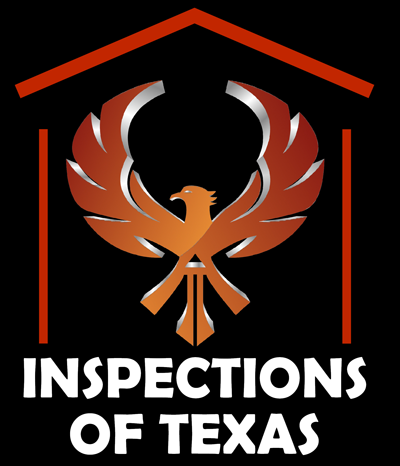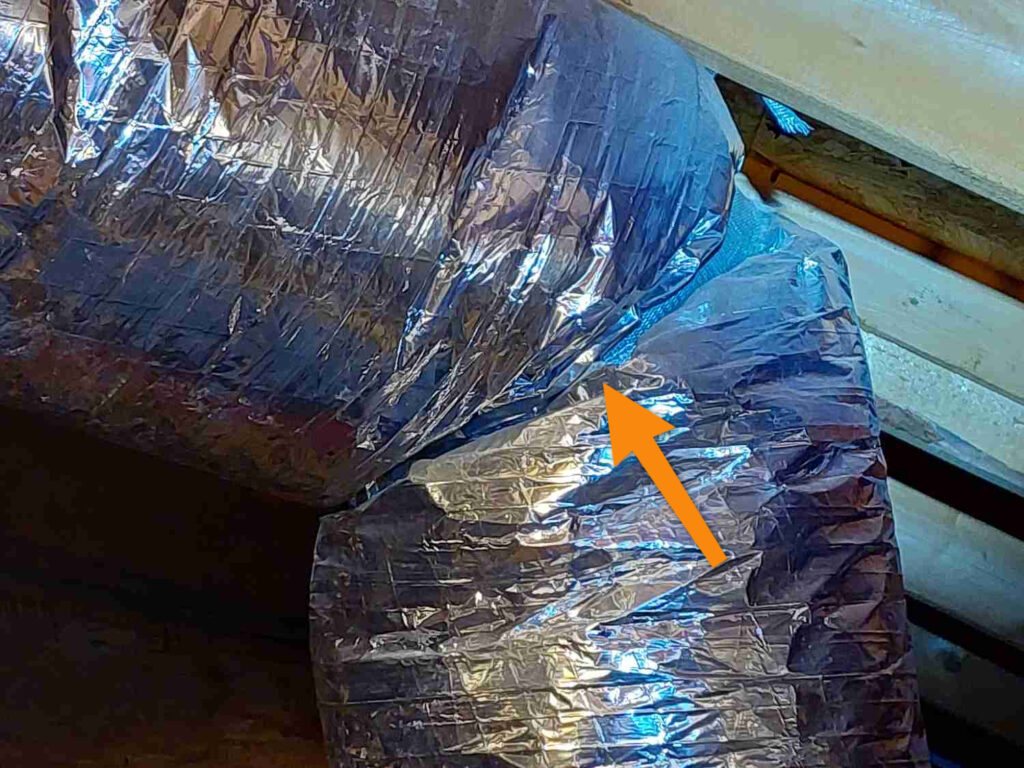Is directly saving money important to you? Would you like to save money on maintenance and electricity? There are many builders who know what they are supposed to install in new houses, but don’t follow the Energy Codes. On top of that, they install the Heating, Ventilation, and Air Conditioning (HVAC) ducts incorrectly. As an inspector who cares for my clients, the reality of extra energy and higher costs concerns me. I want every client of Inspections of Texas to get the highest quality report possible. I consider deficiencies as issues that need to be repaired so you have a safe home and a good investment.
I recently attended the joint convention of the International Association of Certified Home Inspectors (InterNACHI) and Texas Professional Real Estate Inspectors Association (TPREIA). Building codes change, and we’re taught what changes have been made. The most important class was HVAC. As a past home remodeler, I never worked on HVAC. I’ve taken many extra courses that were set up for contractors. These help, but don’t always cover the latest energy codes.
According to the IECC (International Energy Code Counsel), each code edition improves the insulation value. This is understood by R-Value – the value of a product that Resists Heat. The higher the R-Value, the higher it resists the transfer of heat. In 2012, the recommended R-Value of ceiling insulation changed from R-30 to R-38. Also in 2012, the R-Value of HVAC supply ducts changed from R-6 to R-8. The Energy Code people understood that a better Resistance-Value in the ceilings saves money with lower heating and cooling costs. The HVAC unit does not work as hard and needs fewer repairs. Better insulation in the Resistance-Value surrounding the ducts where the cooled or heated air travels from the HVAC unit into the supply vents also helps save energy.
There are exceptions for the ceiling insulation if it is installed correctly. However, correct installation is rare, even in new homes. Builders have been using outdated code books, installing R-30 ceiling insulation and R-6 supply ducts where R-38 ceiling insulation and R-8 supply ducts are required. To make matters worse, as of 2021, the IECC currently requires R-49 for the ceiling insulation. This may be a tough transition for builders using the codes set before 2012.
When inspecting supply ducts, I often find incorrect installation methods as well. The flex ducts are supposed to be stretched out completely prior to installation. This makes the inside of the ducts smooth. Turns and crumpled areas showing ridges on the duct result in turbulent movement of the air between the HVAC unit and where it exits. This causes the unit to spend more energy to move the air into your home.
It concerns me when builders don’t follow the rules. Problems develop. That may be a breakdown of your HVAC unit earlier than expected. It may be a higher energy bill every month. Unfortunately, it is often a combination of the two when your builder doesn’t make it right for their customers.
My job as a licensed home inspector is to protect the public from safety issues and financial issues that may occur. That’s what we do at Inspections of Texas. We treat every client as though they are a part of our family. Whether it is a $2000 inspection or a $299 Special, we give our clients the same thoughtful, thorough, and detailed inspection to help them make the best decision in their home purchase.

